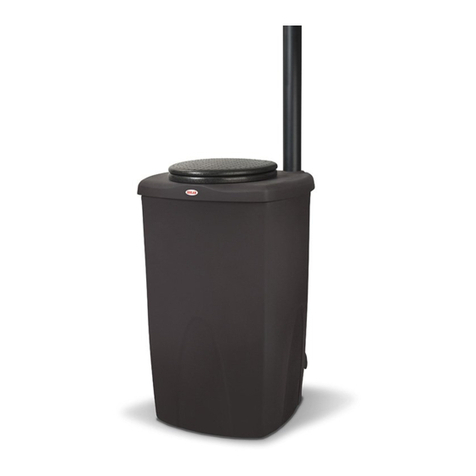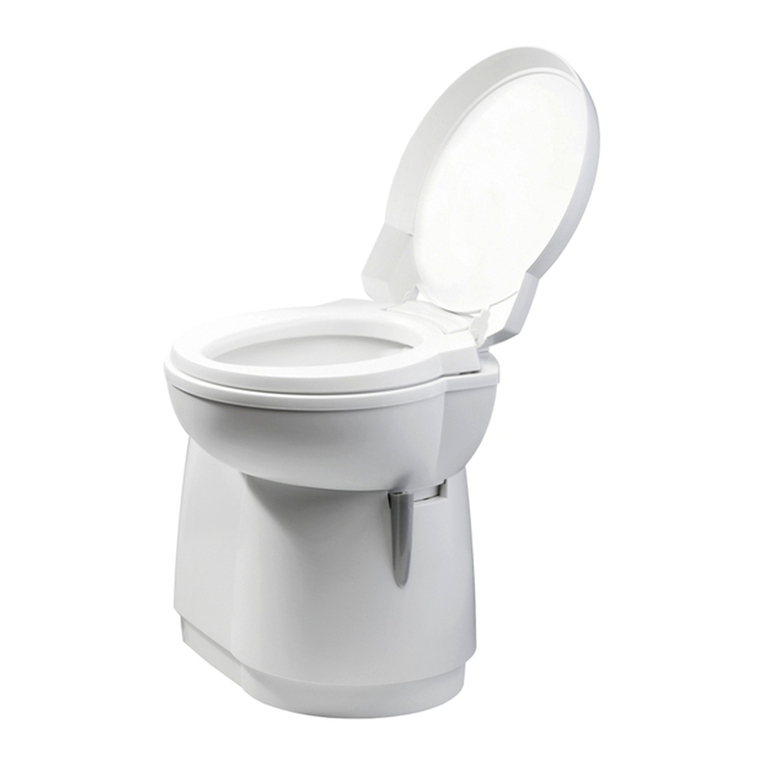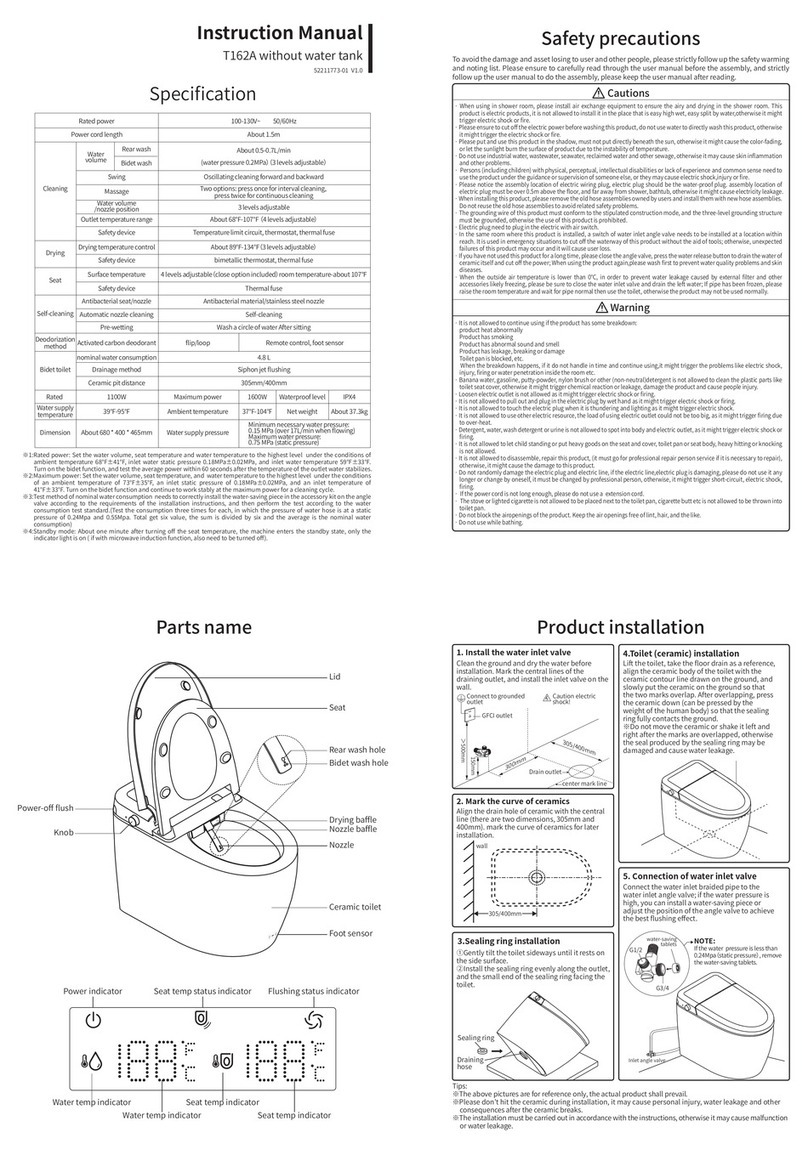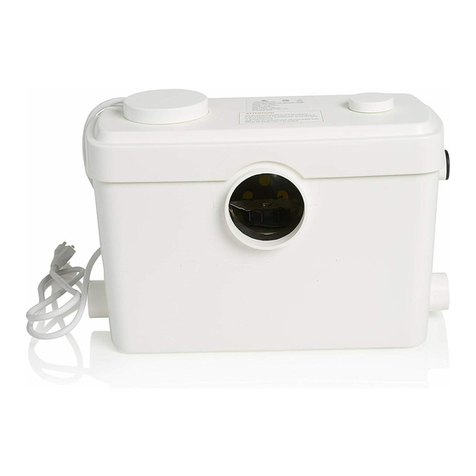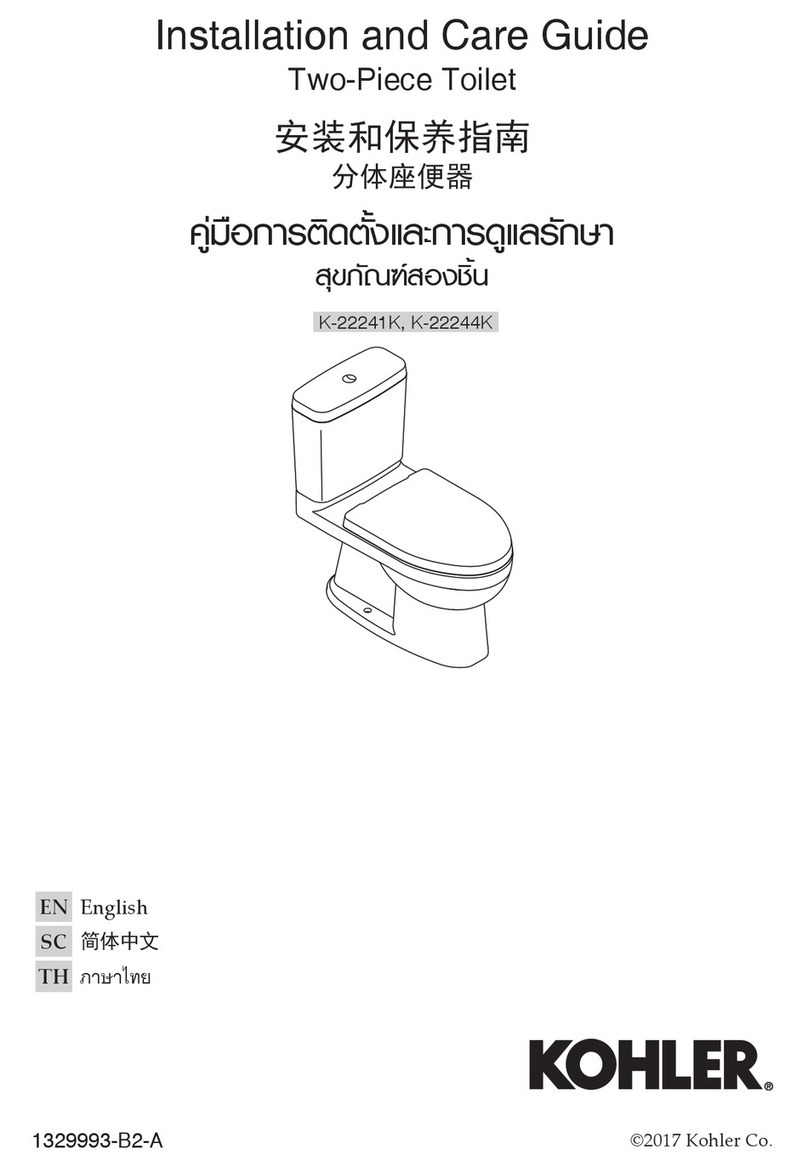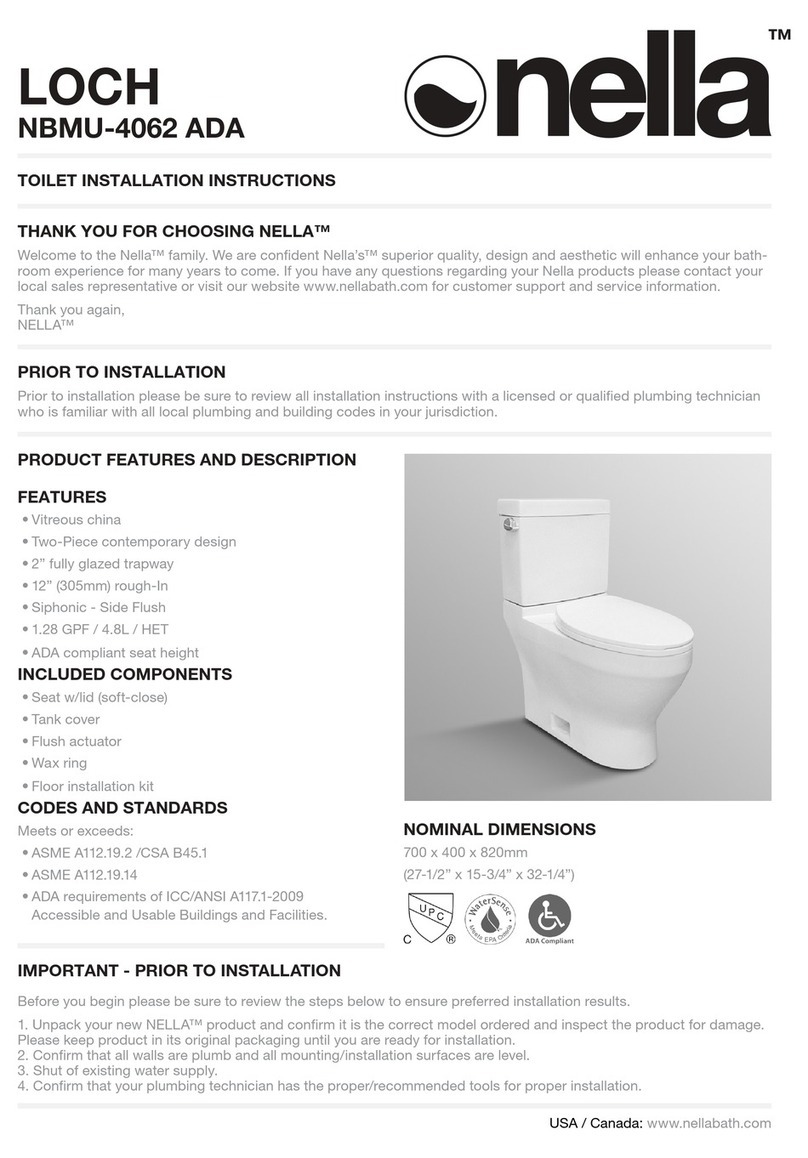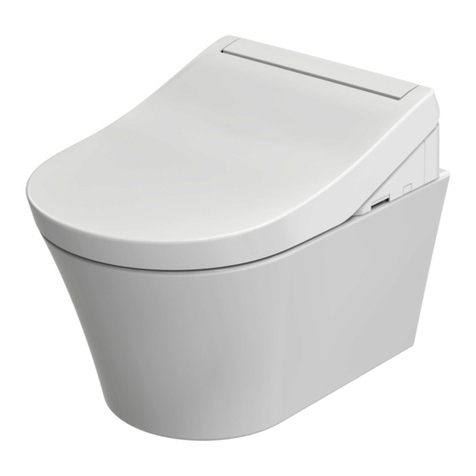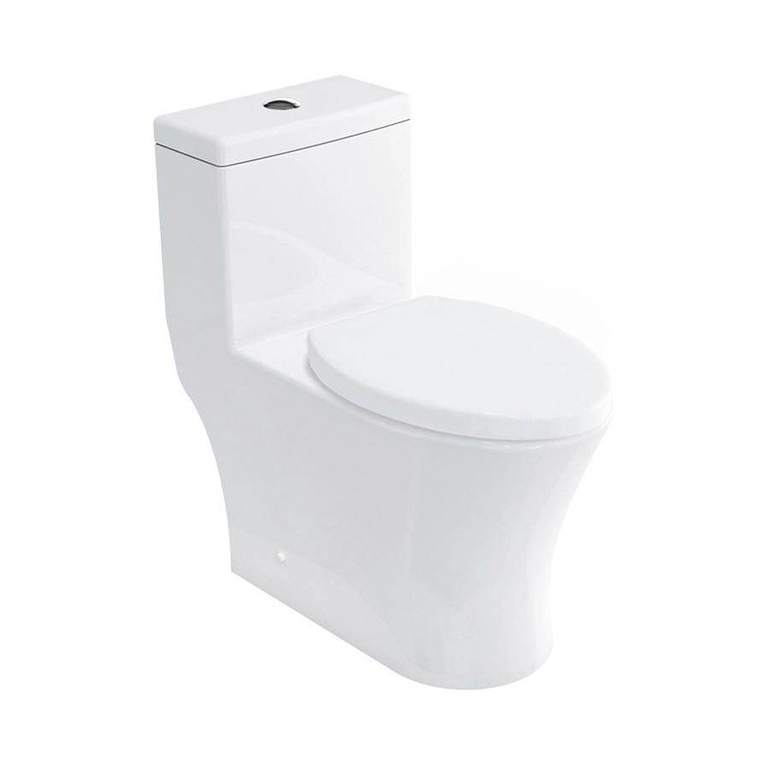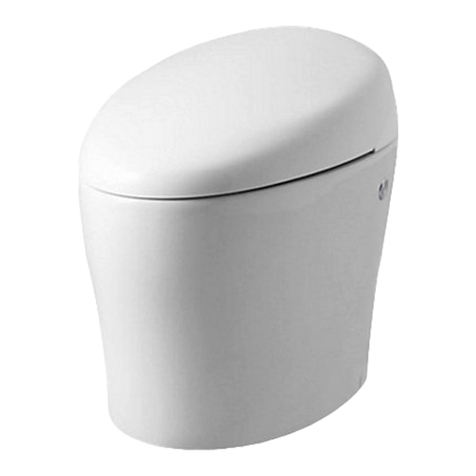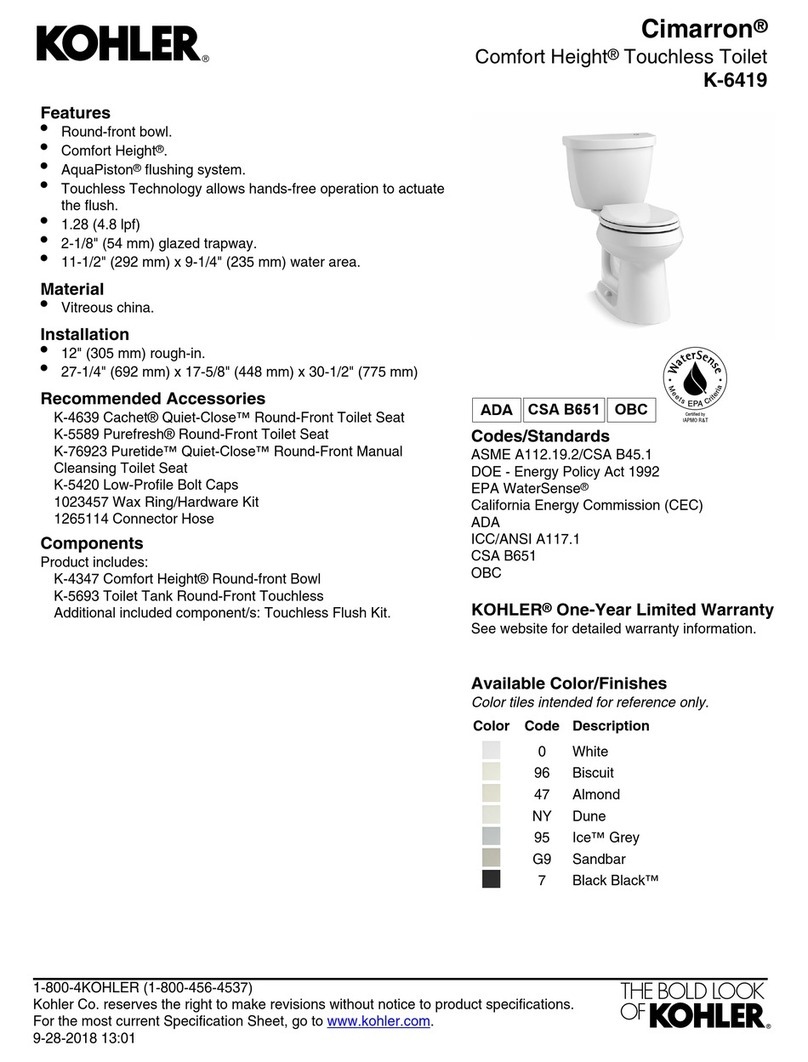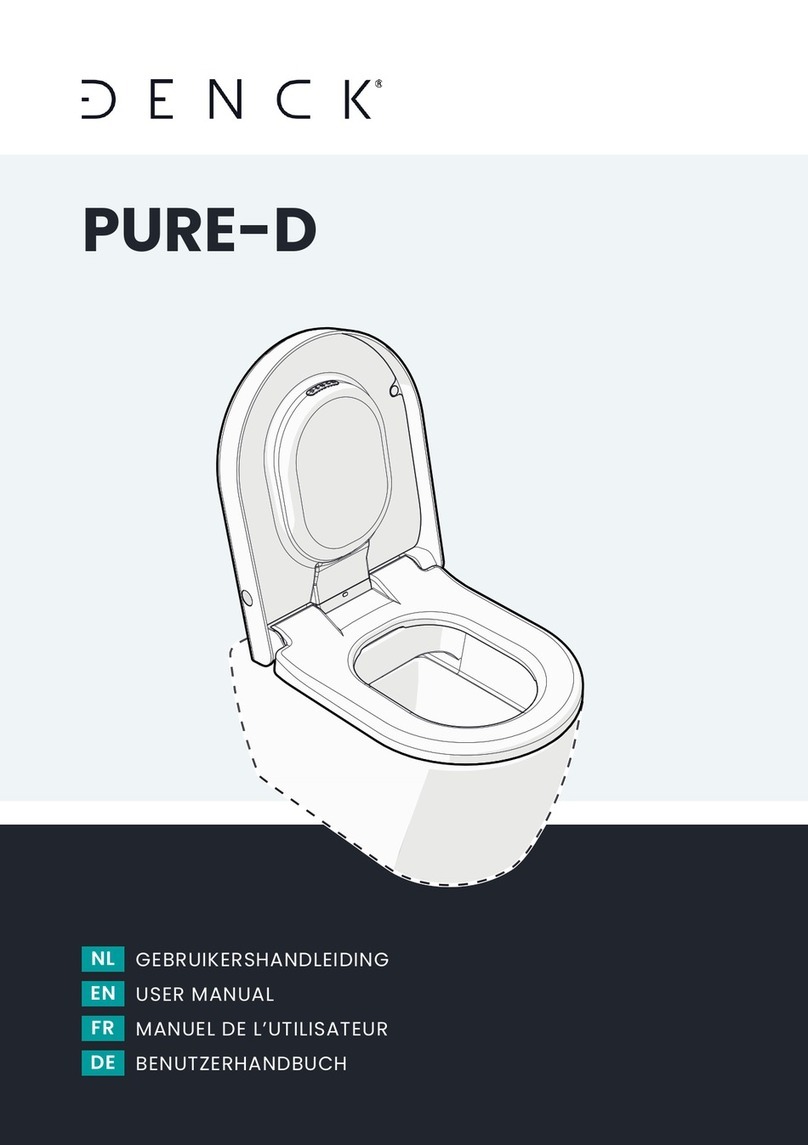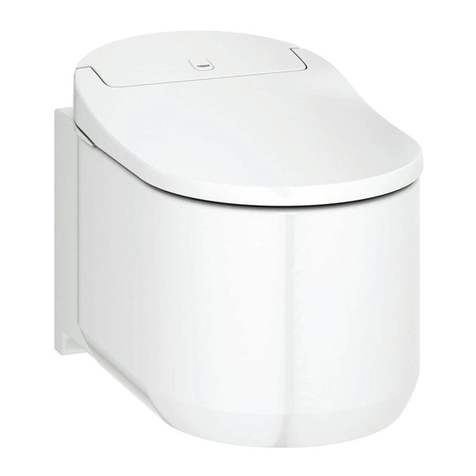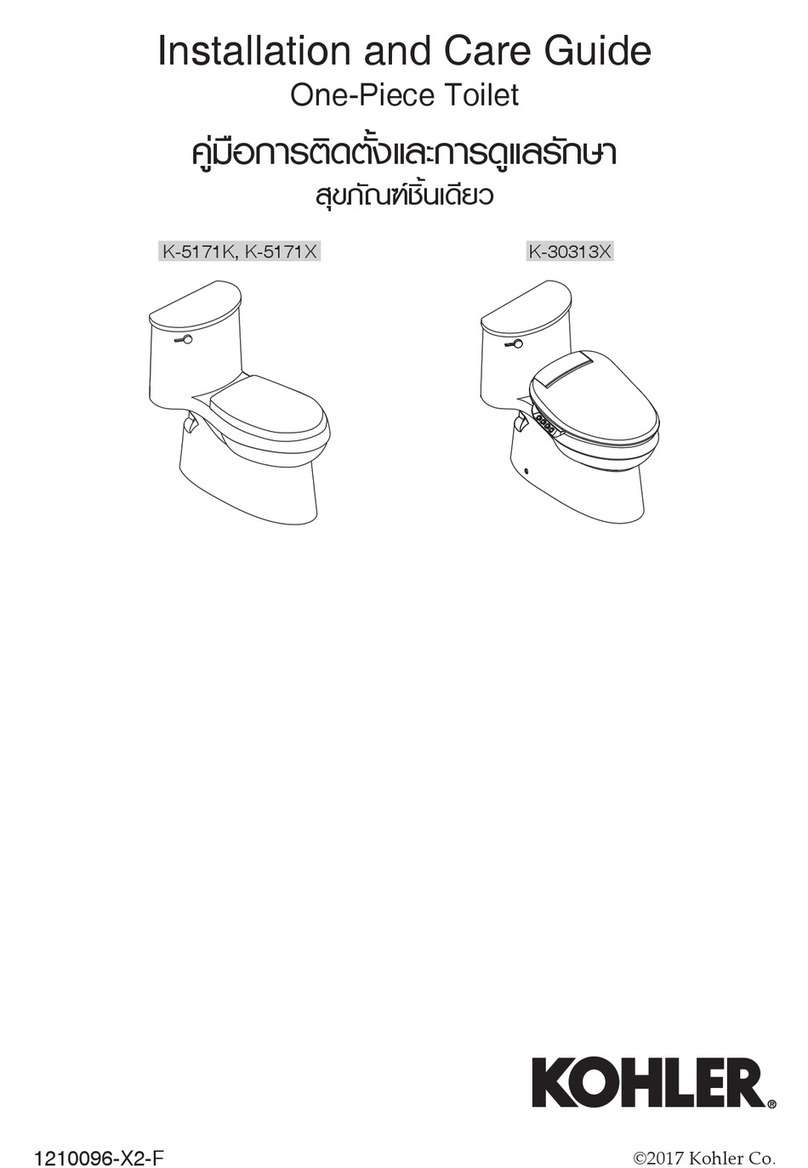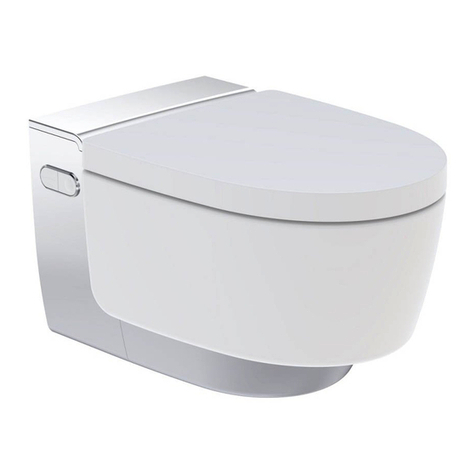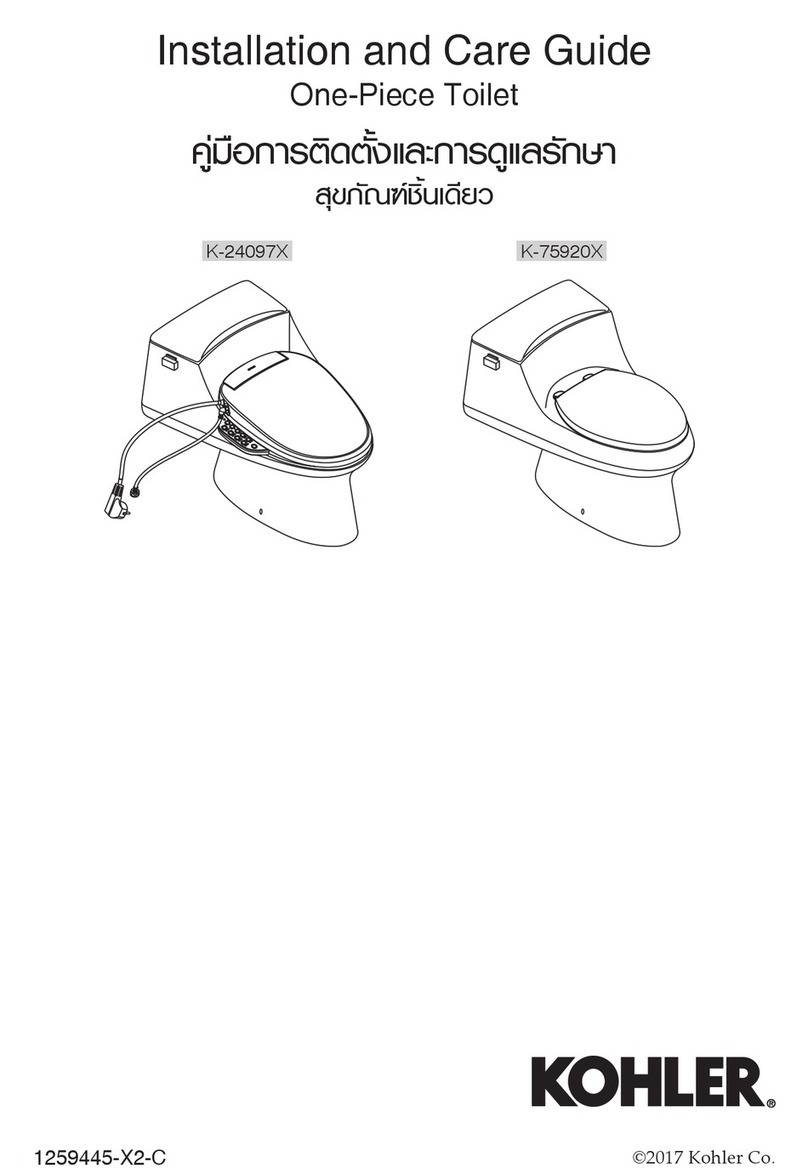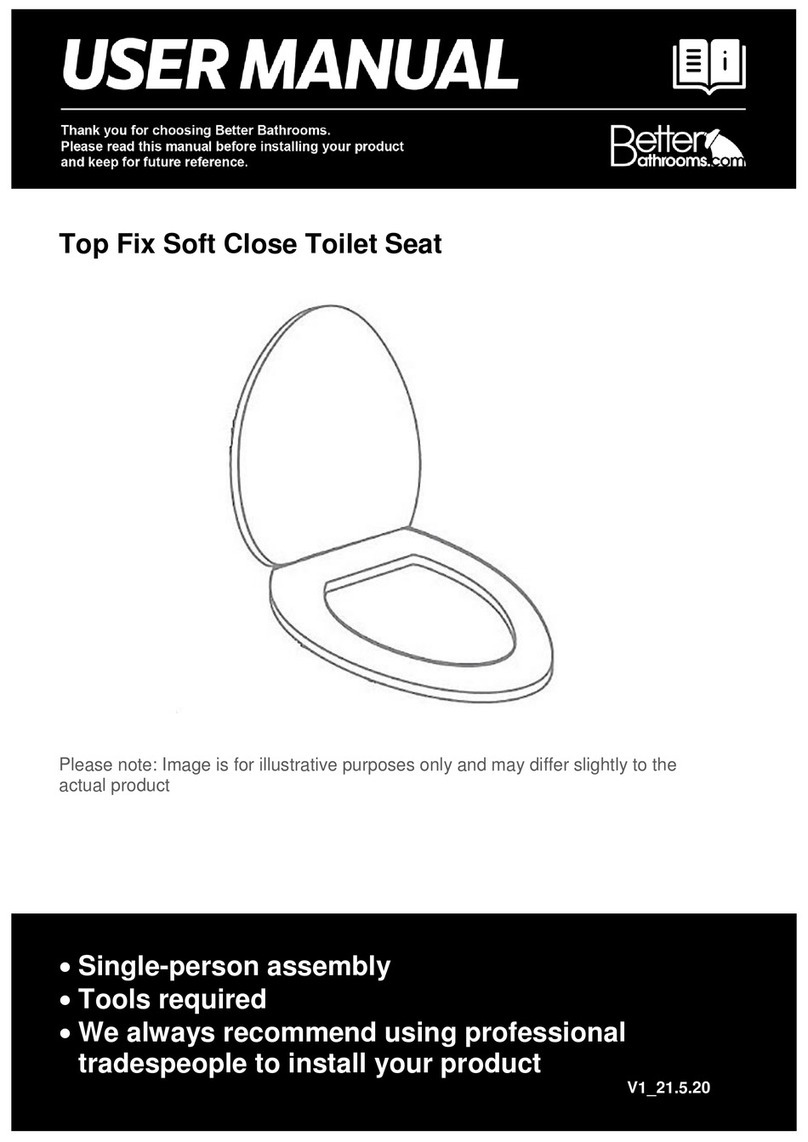
Page 13 © 2017 Nature’s Head. Inc.
USING YOUR NATURE’S HEAD
The waterless, urine separating design contributes the extraordinary
holding capacity. The composting section holds approximately 60 to 80
uses.
The time frame to empty the solids bin varies with number of people
and the time period. The toilet is designed for 1 to 4 people full-time.
Generally, two people full-time people’s usage will require emptying
approximately every 3 weeks; additional people will shorten the time. If
using just on weekends with 2 people, that can extend time to 2 months
or more. Just a couple of days of non-use extends the period of time.
Usually, the level of the compost will not increase; if it does it will be
minimal.
The urine bottle holds 2.2 gallons and will require more frequent
emptying; two people might need to empty after 3-4 days.
Before use, it is necessary to add compost
material to the base of the unit. Gallon size
“ZIPLOC®” type bags are an inexpensive
one-gallon bags of pre-moistened sphagnum
toilet. The sphagnum peat moss should rise to
the level of, or cover, the agitator bar in a horizontal position.
The sphagnum peat moss should be damp and crumbly, never wet or
amount of water. When not in use, the lid of the toilet should be in the
closed position, preventing the entry of insects and allowing proper
ventilation. The peat moss must be regular/organic sphagnum peat moss,
no additives. DO NOT use MIRACLE-GRO peat moss.
Do not add additional medium after solids usage. Doing this will result in
too much sphagnum peat moss or coconut coir in the unit and will limit
your time of usage before emptying.
The primary concept of our composting toilet is the separation of liquids
and solid wastes! Be sure to inform your guests as to the proper use of
your head. This will allow proper composting action and assist your
guests in feeling comfortable with a new piece of equipment.
Page 14 © 2017 Nature’s Head. Inc.
USAGE, continued
unpleasant odor and prevent proper compost action.
Seated usage is recommended. While seated, the unit may be used with
the trap door in the open or closed position. Whether male or female, the
user’s liquids and solids will be directed to the correct locations from this
position. With any bowel movement, the trap door must be open. Male
stand-up usage is less acceptable as splatter may result. In the event that
the unit is used in a standing position, the trapdoor must remain closed in
order to prevent mingling of liquid and solid wastes.
Toilet paper is typically placed in the toilet. Since paper products do not
decompose as quickly as solid wastes, they will be visible long after the
solid matter has broken down. Any type of toilet paper is acceptable;
less substantial brands (such as marine or RV paper) will compost the
quickest.
Diapers, wipes and tampons should not be placed in the solids bin. Many
brands of these items are made from a mix of rayon and non-organic
cotton, and are commonly chlorine-bleached. These will not decompose.
water and 2
oz of white vinegar nearby to spray off the bowl in the event that some
solid waste adheres to the bowl. Spritzing of the bowl also assists in
cleansing the urine passages.
All urine has an odor. It will not be noticed with normal use. It will be
present when the storage container is open to the air for emptying. For
persistent urine odors in the container, add a few ounces of white vinegar,
and/or a few drops of Dawn dishwashing soap to reduce this odor.
must be agitated 2-3 revolutions slowly in order to mix the waste into
the compost and promote the composting process. Contents of the solid
waste container must be kept moist, not wet, and remain separated from
the liquid waste.

